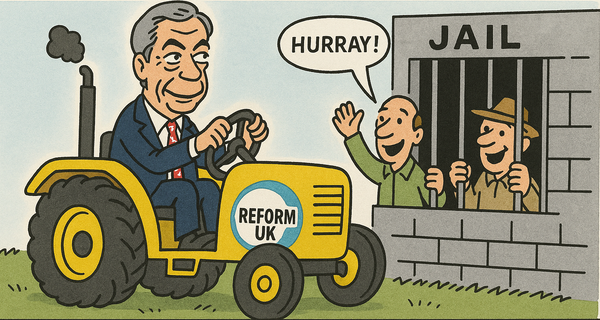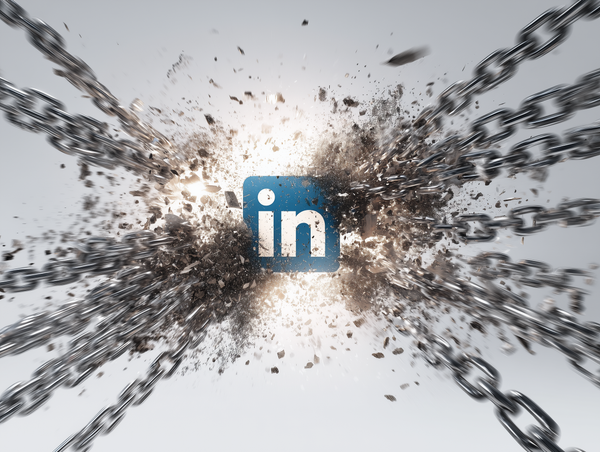Newsroom transformation with AI
Nearly two years into the AI revolution, how are real newsrooms using AI?
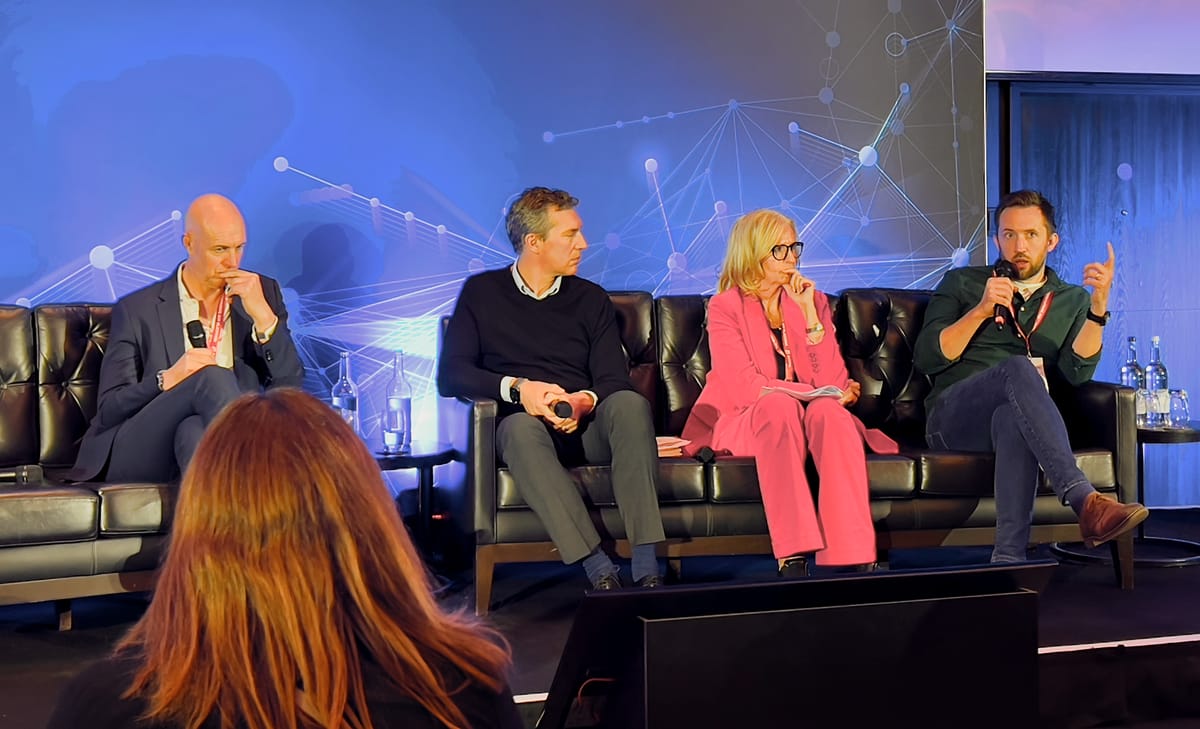
The inevitable, unavoidable panel on how AI is changing newsrooms, from the Future or Media Technology Conference.
Panel
- Charlotte Tobitt, UK Editor, Press Gazette (moderator)
- David Dinsmore, COO, News UK
- Graham Page, Director, Sector Lead: Media, Sports and Entertainment, Q5 Partners
- Paul Rowland, Editorial Director, Reach plc
- Nina Wright, Chair, Harmsworth Media and Chair, PPA
How are publishers using AI?
David Dinsmore: Ai is the most exciting thing to happen to journalism in my career — which means it is also terrifying. AI is an unignorable force that journalism has to organise itself around. It’s a really helpful thought for how to attach that. We’ve looked at efficiency tools. The Times has a co-pilot that helps with headlines, summaries, and light sub-editing, and we’re rolling that to other titles. They have “safe” version of ChatGPT and Gemini for newsroom use, the coders use tools, and they use AI transcription, too.
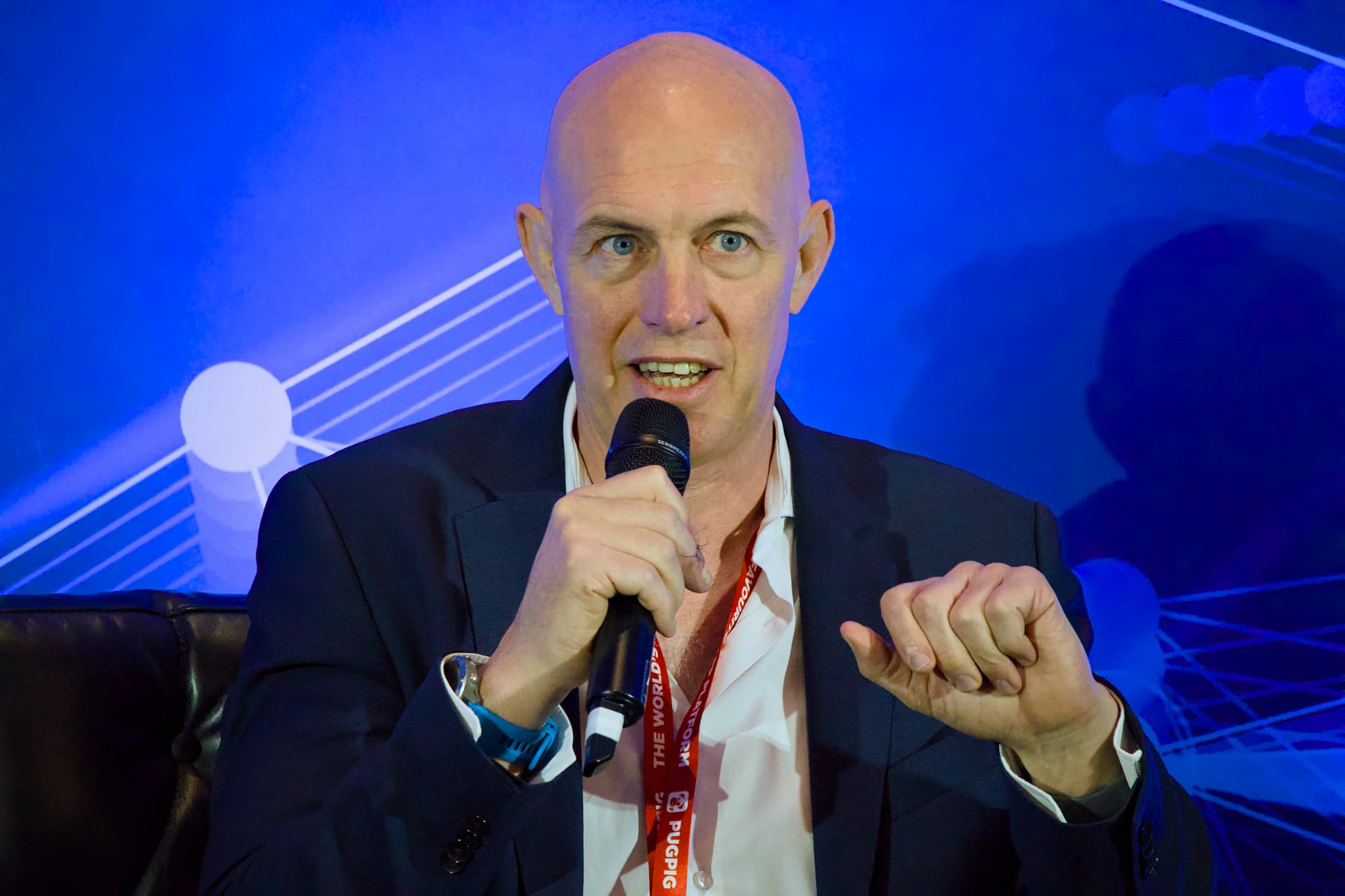
35% of the company is using AI on a day-to-day basis. That’s about the same as the general public — the early majority phase. We need to make that 75% pretty quickly.
The reason you do your own iterations of products is security — we want them to be secure, and know what’s happening to the data we put in. But we want these super-powerful models to supercharge our businesses. If it’s process, if it’s commodity, let the AI handle it, and let the journalists do more high-value things.
Paul Rowland: Guten is their in-house versioning software. We know from referral behaviour that almost any story can drive big traffic on almost any site in our network. What Guten does is rewrite stories in the style of different publications. And that frees up journalists to focus on things that are distinct to them.
They experimented with article summaries, with the hope of increasing dwell times. It was modestly successful, but it’s not something they've stuck with. They might revisit it in using it to reformat stories for different audiences.
Nina Wright: Most people are still in the AI investigation phase. There’s AI production, and then AI distribution and maybe product design, too. AI isn’t a silver bullet for production; it’s useful for tagging, for SEO, for speech to text. But distribution… At the end of the last talk, they discussed the personalised piece. Ai being used in that field is really interesting and useful. We’re just scraping the top of the iceberg on that. It’s more of a back office function — getting better insight and data analytics, that allows us to target our communities better, and to better understand their propensity to pay.
Graham Page: The more adventurous areas are taking really structured data and turning it into a news story: weather is one obvious area. And then, maybe spots. Could you take council minutes and use AI to make a story, if the structure of the minutes gets better?
We’re still looking at efficiencies, rather than thinking about what we’d do if we started from scratch in an AI world.
Adapting to digital change
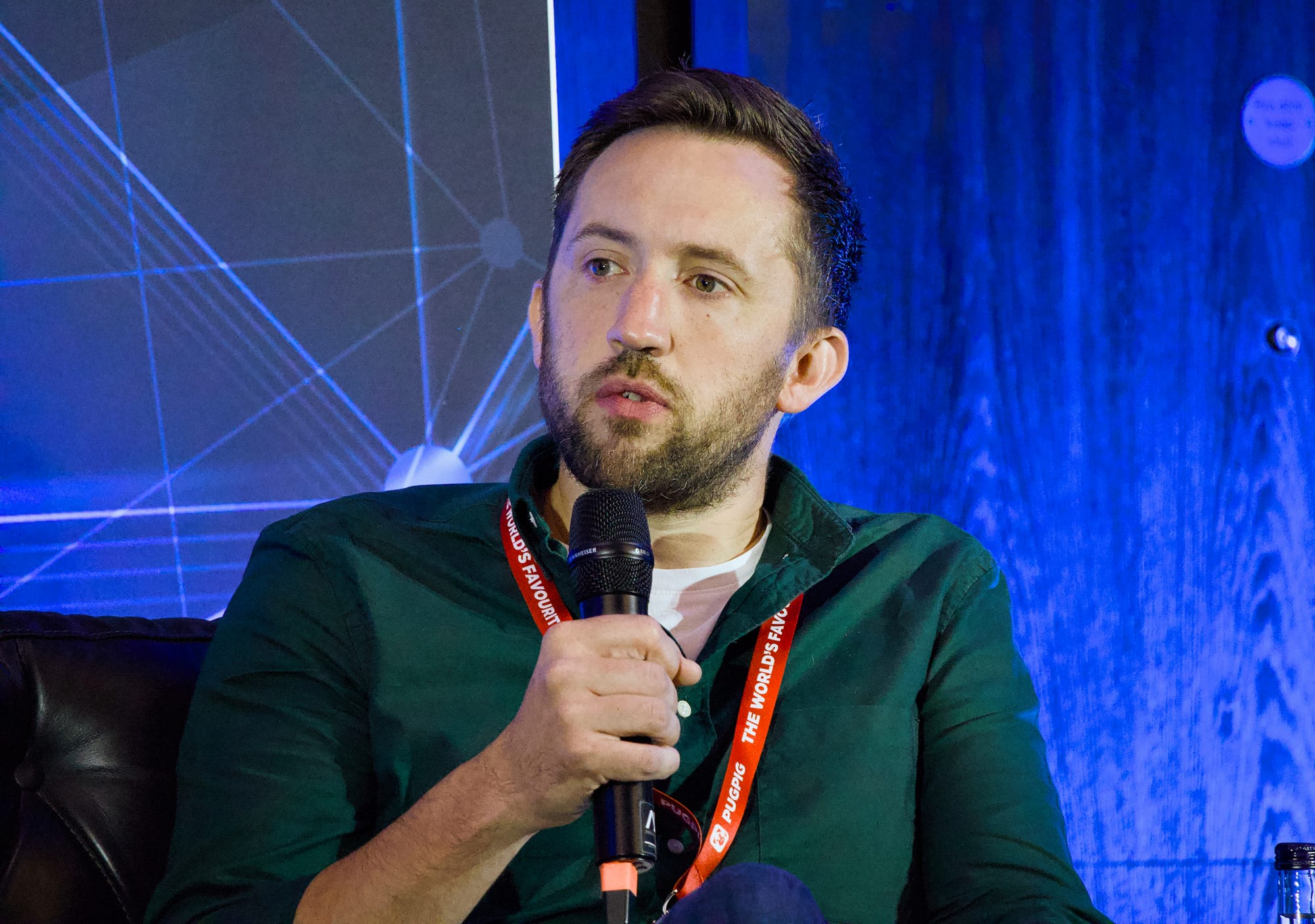
PR: We’re continually adapting — figuring out how our brands can do what they exist to do in a different way. Look at Cornwall: they have a bypass going through, which is a classic piece of local journalism. But that could reach a huge audience beyond Cornwall because there are a lot of people interested in the county that don’t live there.
They’re building communities across their network, that increases engagement. They need their brands to be distinctive, so they’re seen in third-party referrers.
DD: The adaptability point is absolutely correct. We’ve been a bit slow to adapt to previous technology — we need to be on top of this one. The tech companies are spending as much on new models as the US spends on homeland security. We have to adapt to that world.
So, we need to ask what our core strengths are? One of those is brands. We have to reinforce them, get them to younger audiences in the way they want it. And it’s about being human-first, human-created. And the platforms themselves are being disrupted in all this. They’re changing before our eyes.
The big platforms are always going to have the best distribution channels. We must make the most of that while still making our own thing as strong as possible. We’ve undervalued brands over the past 20 years.
GP: There’s been too much focus on performance marketing, and not enough on brand marketing. Young people don’t know much about news brands. Product teams need to acknowledge when new platforms are coming along, and make sure they’re there in the right format.
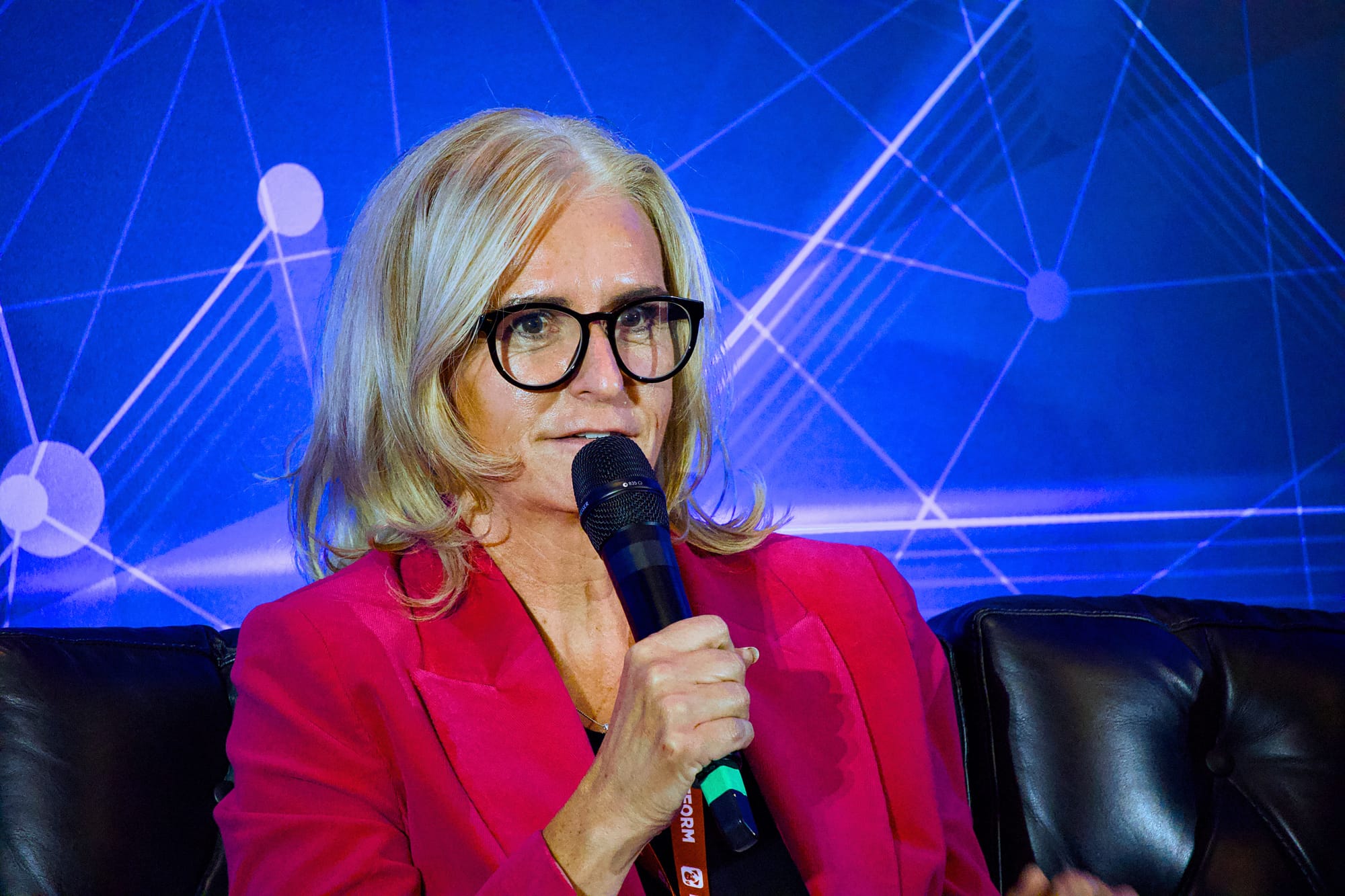
NW: There’s the potential to be less at the mercy of the platforms: first part data, direct relationship. It helps to buffer against change, but it’s not a single cure. There’s a point here about diversification and about brand. A brand like New Scientist has its subscription revenue — but it also has a lot of other revenue streams, like an events business. We have the potential to build these powerful, connected communities around our brands.
There’s a future where only the larger companies have the pockets deep enough to adapt. Smaller companies can be very agile, though. So, collective thinking has a role to play here, including trade bodies. We’re talking about protecting journalism here. We’re In flight and fight mode over AI: making deals or suing AI companies. But some companies are in freeze mode: not sure what to do.
Are we really digital first yet?
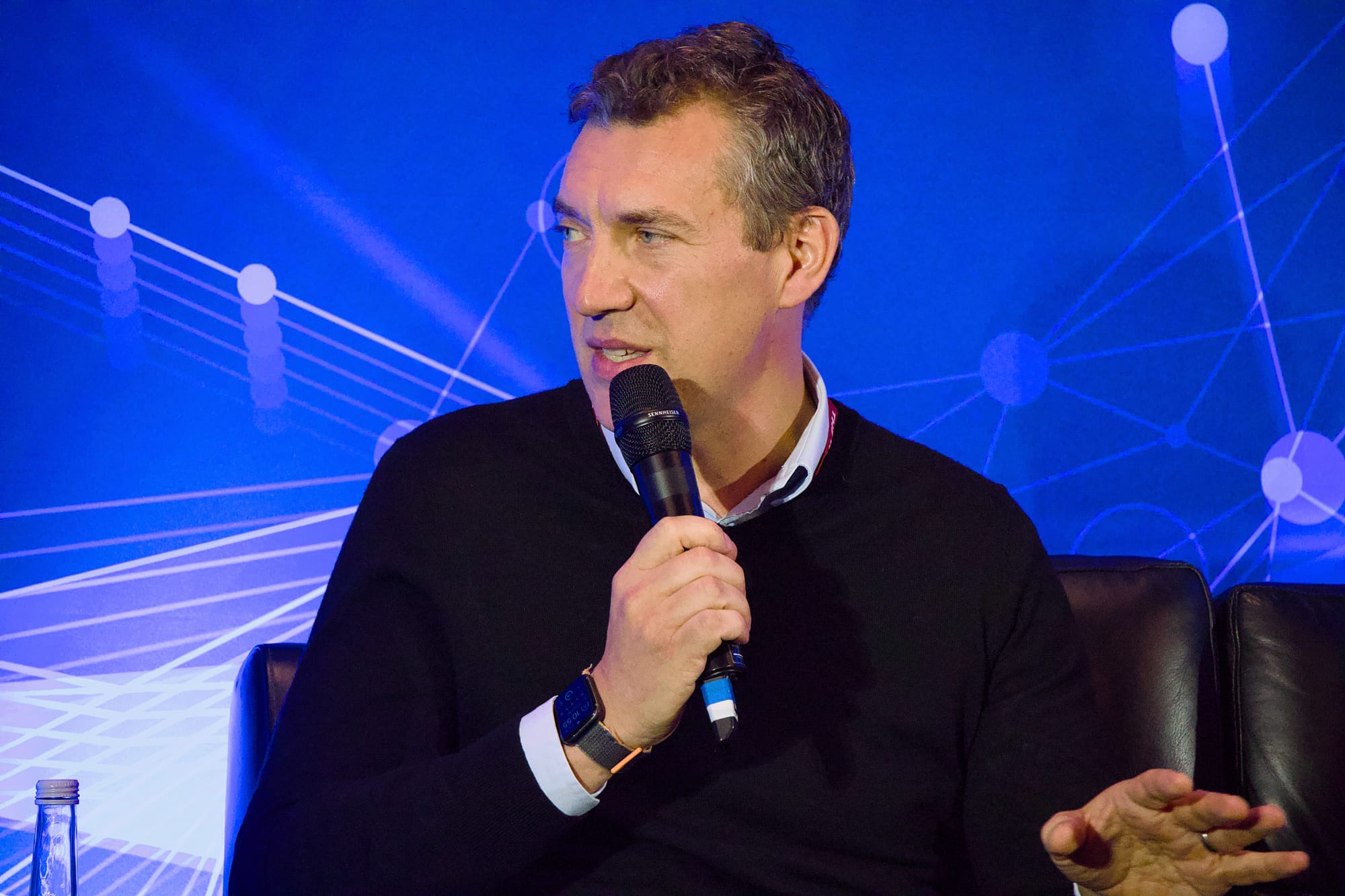
GP: It’s a bit passé to be taking about digital first in 2011. But there is still that tension. “Digital first” has been a galvanising message, but it’s no longer the right message for now. We need a new galvanising message for today.
PR: Typically, “digital first” means “website first” — and that locks you into a particular era. He prefers “audience first”. It’s interesting to look for print legacy embedded in thinking without people being aware of it. That shows that the transformation process hasn’t been completed.
DD: The internet became quite tabloid. TikTok is a great example of tabloid entertainment. That doesn’t mean we should stop doing great front pages. Being on sale in 43,000 shops around the country is still a powerful marketing tool. I think we need to be “customer first”. His own behaviour is social, audio, print in that order. We need to be hitting all these touch-points.


